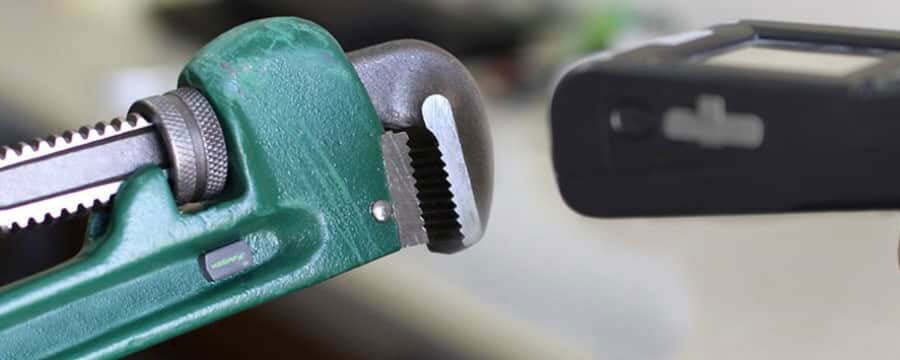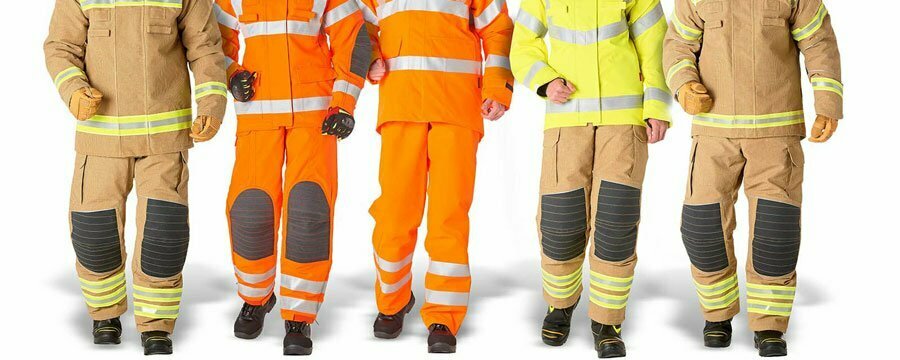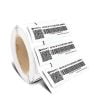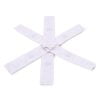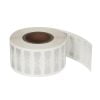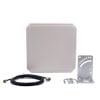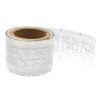The scanning of RFID (Radio Frequency Identification) clothing labels typically requires the use of specialized RFID readers and writers. Here are the steps to scan RFID clothing tags:
Choose a suitable RFID reader: Depending on the usage environment and application requirements, choose a handheld, fixed, or access controlled RFID reader. Handheld readers are easy to move and operate, suitable for warehouse and retail environments; Fixed readers are suitable for installation on production lines or shelves; The access control type reader is used for anti-theft and monitoring of entrances and exits.
Prepare RFID tags: Ensure that the clothes have RFID tags attached. Labels can be patches sewn inside clothing, attached to labels, or used as tags attached to clothing.
Start RFID reader: Turn on the power of the reader and ensure that it is well connected to the corresponding computer system or mobile device. If the reader is a handheld device, it is necessary to ensure that the battery is sufficient.
Configure reader/writer: Configure the frequency, power, and communication parameters of the reader/writer as needed. Different readers and writers may have different setting methods, which can be configured according to the user manual of the reader and writer.
Scan RFID tags:
Handheld reader: Place the reader close to the RFID tag, usually within a range of a few centimeters to several meters. Press the scan button, and the reader/writer will emit an RF signal and read the information in the tag.
Fixed reader: Pass clothes through areas equipped with readers, such as production lines, shelves, or inspection stations. The reader will automatically read the passed RFID tags.
Access control reader: Pass clothes with RFID tags through the access control reader area, such as the exit of a retail store. The reader will automatically read the passed tags and trigger corresponding actions, such as updating inventory or anti-theft alarms.
Viewing and processing data: After reading the information of RFID tags, the reader/writer will transfer the data to the connected computer system or mobile device. You can view label information through specialized software, such as product number, inventory status, production batch, etc. Data can be used for inventory management, tracking product flow, theft prevention, and other purposes.
Check scan results: Ensure that the reader/writer has successfully read all labels. If there are labels that have not been read, you can adjust the position or settings of the reader and writer, and rescan.
Using RFID readers to scan clothing labels is an efficient way to quickly and accurately obtain and manage a large amount of product information, improving the efficiency of inventory management and anti-theft monitoring.




